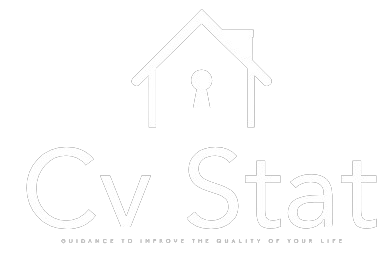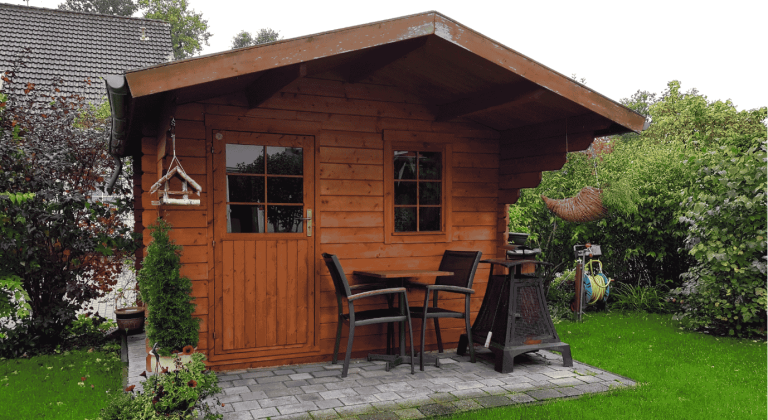Responsive design or responsive design is a web design technique that involves the creation of websites and web applications whose layout automatically adapts to the size of the screen of the device used by the user, so as to ensure that navigation and reading are optimal , without the need to resize or scroll the contents.
We understand, therefore, that it is an important element for the general user experience – regardless of the type of device used, which can be computers with different resolutions, tablets, smartphones, mobile phones, web TV, etc. – but above all to comply with the accessibility criteria , which we also know how to take into account numerous other factors, to respond adequately to needs deriving from the user’s characteristics (such as, among others, cognitive abilities, vision or physical difficulties) https://partopia.ca/.
Why responsive design matters
Practically, therefore, responsive web designers are able to ensure a use of the site that adapts to the different ways in which users access and interact with its pages, regardless of the device and the size of screens and windows.
Implementing a responsive design is also a crucial first step to have a mobile friendly site , an increasingly important aspect nowadays: for some time now, web traffic from mobile devices has surpassed that from desktops, and therefore is no longer conceivable to offer the audience of users who mainly use smartphones a page and a site designed for viewing on the larger displays of old desktop computers, which would inevitably be difficult to load, use and read, leading to frustration and a bad experience.
And the road of adaptive design is no longer viable either , which supplies several completely different versions of the same page based on the device from which the request comes: today the devices are increasingly numerous and different, and this obviously entails a increase in optimization workloads.
Given the traffic volumes – even for search engines mobile users represent the first source of traffic and queries – we cannot limit ourselves to designing for a single device, but it is more useful to take advantage of the responsive design and create a responsive site, structurally and visually.












